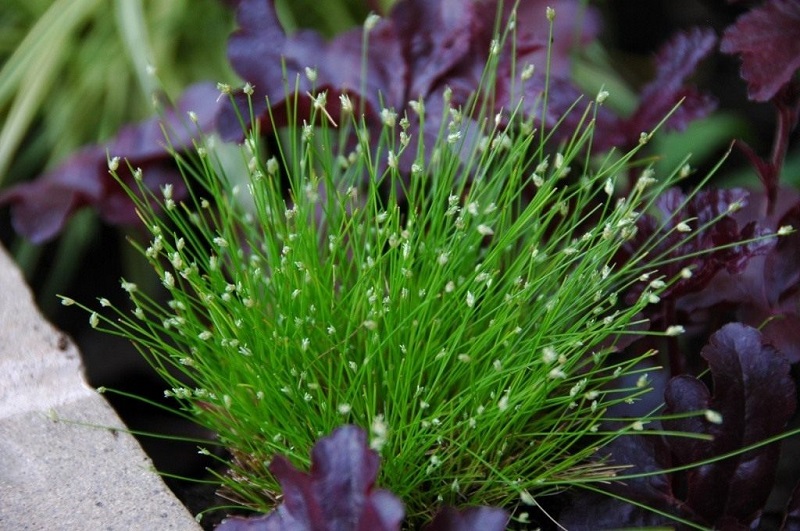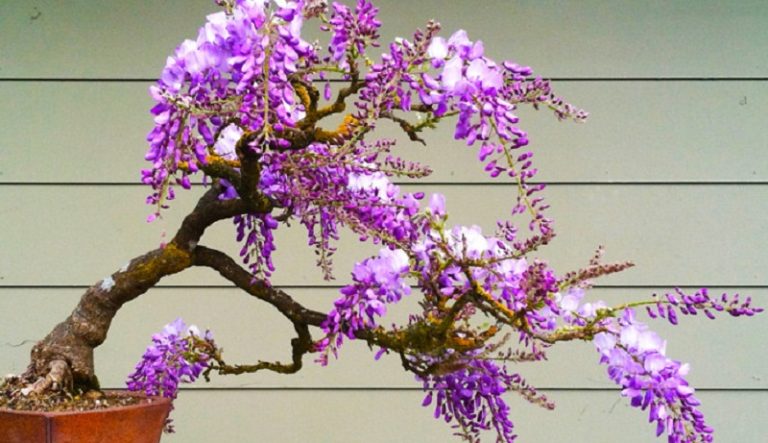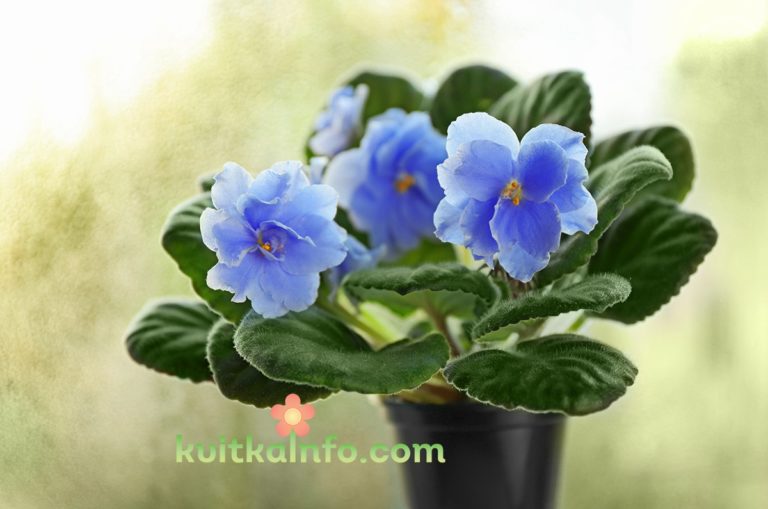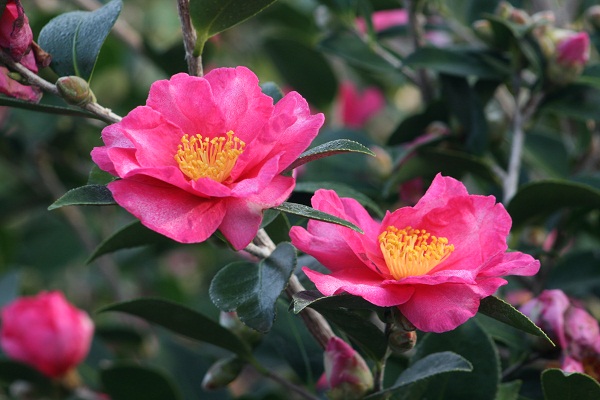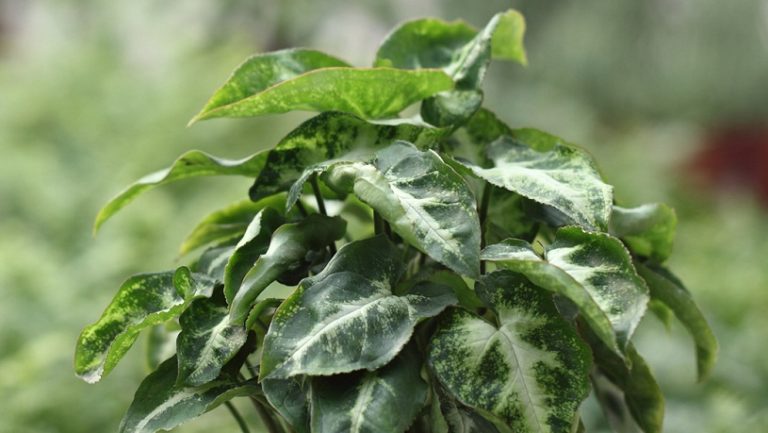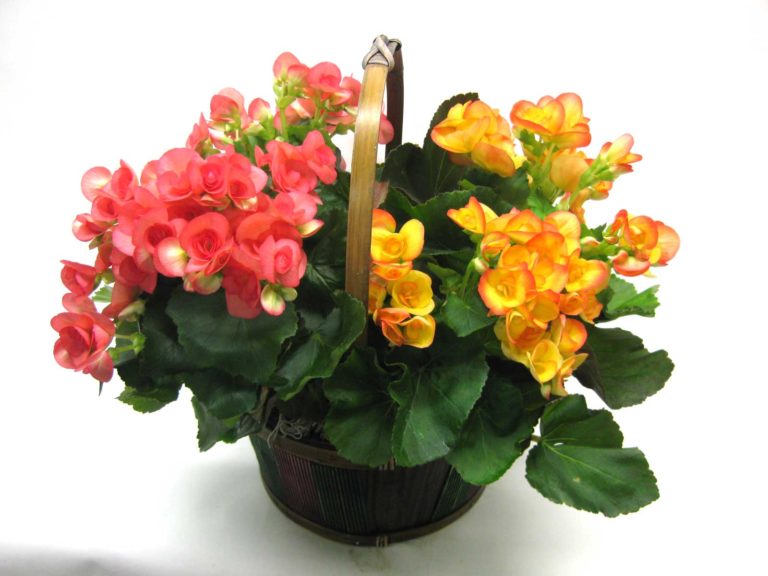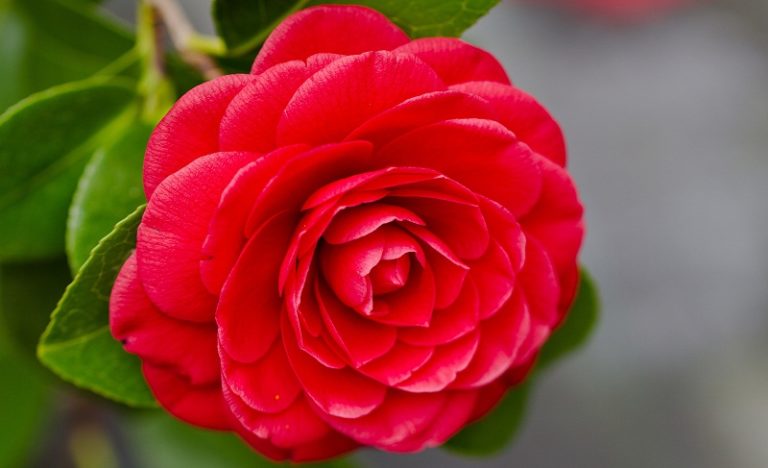Isolepis graceful – care
In appearance, this is an attractive plant that looks very much like a grass with thin leaves, like hair on which there are many beads or white drops of water – flowers.
Isolepis looks very beautiful in hanging pots with other moisture-loving plants, as an ampelous plant, as well as in winter gardens, on any body of water, it is also suitable for mini-ponds.
There are also other names for isolepis – indoor reeds, cuckoo tears, hair grass. The maximum dimensions of the graceful isolepis: height – 25-30 cm, bush diameter – about 30 cm, and its shape is fountain-shaped. Isolepis is very moisture-loving, because it is a marsh herbaceous plant that belongs to the sedge family. The scientific name is Isolepis droop (Isolepis cernua).

When and how to plant graceful isolepis
Isolepis should be planted in late May – early May. June, and sow the seeds in early spring, in March. You can plant this plant in the ground, (as an annual plant) in containers and in hanging pots, where soil moisture is especially important – it should be slightly moist. The soil is fertile, acidity is not important, it does not accept lime in the soil – it turns yellow and dies. You need to plant to a depth of 5 cm.
How to care for graceful isolepis
The plant is characterized by rapid aging (baldness). Therefore, every year in the spring, isolepis is transplanted, divided and planted in a wide, shallow container, removing old yellowed leaves. Young plants take root easily. From one indoor reed, you can get 5-7 young ones. But you should not divide it into many parts, since the root system of isolepis is poorly developed, and too small bushes will take root for a long time.
A place for graceful isolepis
Isolepis, although a moisture-loving plant , also loves the sun, so plant and place flowerpots in a well-lit place, because with a lack of light, the leaves are strongly stretched, but it tolerates light partial shade well. At the same time, under the influence of direct sunlight, the leaves burn out.

Humidity for Graceful Isolepis
Do not forget that it is a reed, it needs to provide “swamp” conditions , there should always be a little water in the plate. Tip: for isolepis, it is better to choose a plastic pot – so that it does not deteriorate from water. Water the plant preferably with soft, settled water. At low humidity, the tips of the leaves dry out.
Fertilizer for Graceful Isolepis
For growth and development, the plant needs monthly fertilizing with fertilizers that do not contain calcium.
Wintering for graceful isolepis
Containers with plants are stored in the basement at a temperature of + 2 – + 5 degrees under a layer of wet peat, or as a houseplant.
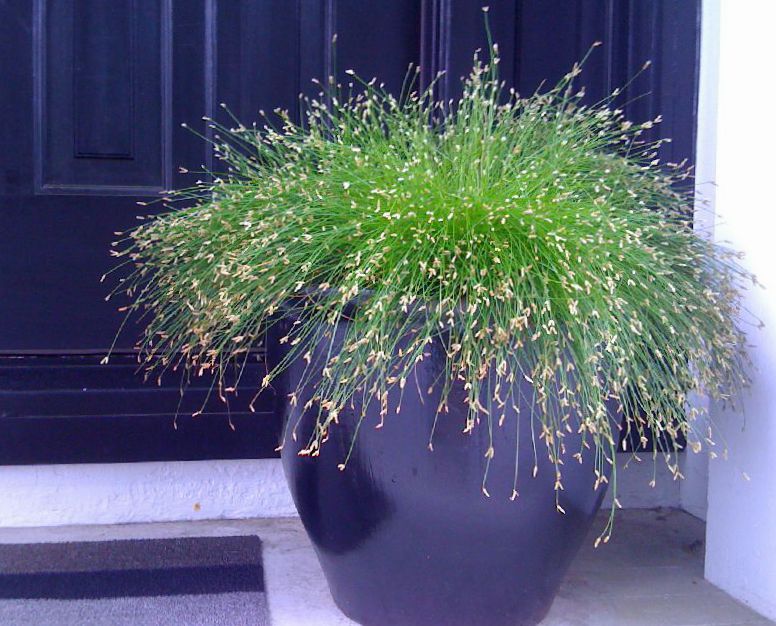
Reproduction of Isolepis graceful
The plant is propagated by seeds, dividing the bush – in the spring.
Seeds germinate in well-drained, moist, slightly acidic soil at a temperature of + 18 + 24 degrees, seedlings appear on the 6th day. Seedlings are grown in 10-15 cm containers with moderate soil moisture, bright lighting and weekly top dressing.

